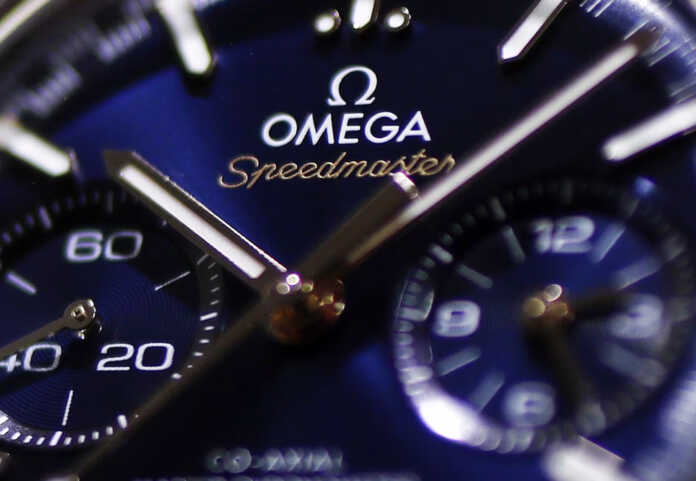The prices for used Omega watches have seen a decline in recent weeks, despite the brand’s significant exposure as the official timekeeping sponsor of the 2024 Paris Olympics. According to the Bloomberg Subdial Watch Index, market prices for a selection of Omega models dropped by nearly 1% over the past month, reflecting contrasting movements in the broader watch industry.
This downward trend for Omega watches comes in sharp contrast to other luxury brands like Rolex, Patek Philippe, Audemars Piguet, and Cartier, all of which saw increases in their pre-owned watch prices during the same period. Tudor, another notable luxury brand, also experienced rising prices, while Breitling remained steady, according to the data.
Omega’s Olympic Presence Not Enough?
Despite the publicity surrounding Omega at the Paris Olympics, where its logo was highly visible at event venues and on television broadcasts, the brand’s used watch prices have not responded positively. Omega’s long-standing association with sports timekeeping, including high-profile moments like the men’s 100-meter sprint final won by Noah Lyles—who wore an Omega Speedmaster Apollo 8 during the race—appears to have had little immediate impact on its resale value.
Swedish pole vaulter Armand Duplantis, another Omega ambassador, also wore an Omega Aqua Terra while setting a world record in Paris. Even former James Bond actor Daniel Craig was seen in Paris sporting an unreleased Omega Seamaster model, yet these notable appearances have not bolstered the brand’s performance in the secondhand market.
While Omega struggled, the used watch market as a whole saw modest growth, with the Bloomberg Subdial Watch Index reporting an overall price increase of less than 1% last month. However, this slight uptick follows a period of price stagnation and decline, as the index has dropped by 1.3% over the past six months and 5.5% over the last year.
The market for pre-owned luxury watches boomed during the post-pandemic period, driven by low interest rates and a surge in luxury spending. However, starting in 2022, rising interest rates and inflation led to a cooling in demand, particularly for brands like Omega. In contrast, the most sought-after models from Rolex, Patek Philippe, and others continue to perform well, demonstrating resilience in an evolving market.
Implications for the Watch Industry
Omega’s recent struggles in the pre-owned market, despite its global visibility, suggest that brand exposure alone may not be sufficient to sustain or increase resale values. Meanwhile, top-tier brands like Rolex and Patek Philippe remain the industry leaders, underscoring a preference among collectors and enthusiasts for highly prestigious models with a track record of consistent appreciation. As the global economy fluctuates, the luxury watch market may continue to experience mixed outcomes, depending on brand perception, exclusivity, and market demand.
![]()









